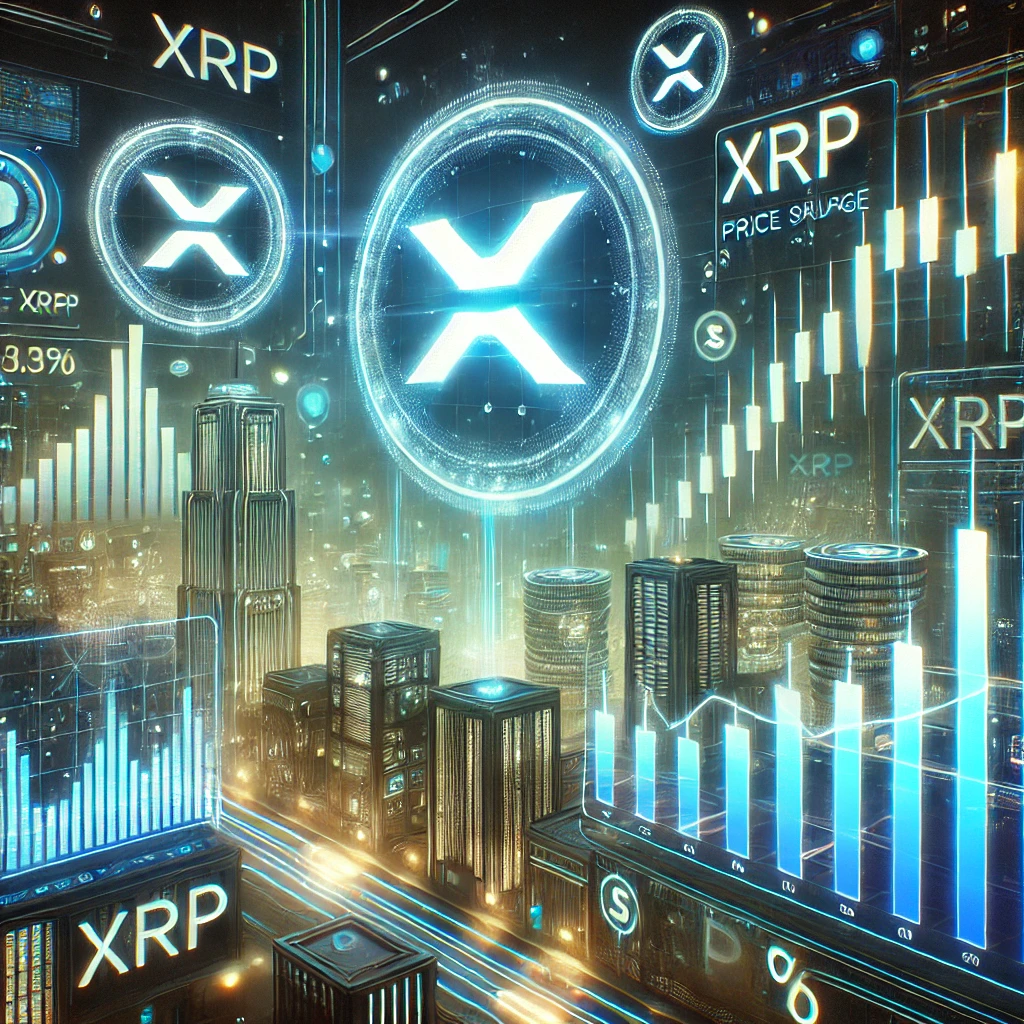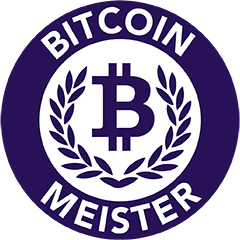What is Blockchain?
The Blockchain & Cryptocurrencies take more and more place in our daily life. But first of all we have to differentiate Blockchain and Bitcoin!
Blockchain and Bitcoin are two completely different concepts. The Blockchain is used to store Bitcoin transactions (but also any other Cryptocurrencies) and can have many other uses. While Bitcoin is only a first example of the use of the Blockchain.
In simple terms, the Blockchain is the equivalent of a Large Registry, a Distributed Ledger. That records all transactions since the birth of the Blockchain, or the Birth of a particular Cryptocurrency.
The Blockchain is decentralized, unlike our banking system, which is centralized.
If we take as an example the Bitcoin (BTC) Blockchain, this Distributed Ledger records all the transactions from the mining of the first Bitcoin (BTC) Block (Genesis Block) on January 3, 2009 at 18:15:05, to the very last validated Block you can see today.
If you wish to participate in the security of the Bitcoin (BTC) Network, you will have to download the entire Transaction of this Blockchain, and this document alone weighs more than 350 Gb of data! As of March 2011, this document was only 0.11 Gb.
As you’ve noticed, if a Blockchain is able to provide the entire transaction from the beginning, this is something our current banking system is not able to provide.
The Blockchain is :
- A way to store Digital Data since the creation of the project and in a Perennial way (Timeless – or at least as long as the Blockchain or Cryptocurrency exists).
- Forgery-proof, from the moment a transaction is validated and registered in a Block. Nobody can modify it, not even you, who had given the order of the transaction.
- a Distributed Architecture, which allows that no Central entity can control, or modify as it pleases, the data entered in the Blockchain.
In other words, the Blockchain facilitates the process of recording transactions and tracking assets.
These assets can be tangible:
- Cash / Cryptos
- House
- Car
- Plot of Land …
They can also be intangible :
- Intellectual Property / Patents
- Copyrights
- Brands …
The Blockchain allows the exchange of practically any asset with a financial value, reducing the risks and lowering the costs for all parties involved, because the Blockchain does not require the intervention of a third party.
What is called Third Party in our current financial system, is an organization, or an entity that will guarantee the transaction, such as Banks, and who says intervention of a Third Party, also called ‘additional fees’. Which also comes with processing times more or less long depending on the type of transactions conducted (Sale of Real Estate, Bank Transfer Abroad …).
The important points of the Blockchain are that :
- Transactions are anonymous. Anyone can consult the history of the Blockchain (as long as they have downloaded it and synchronized it 100%), but the transactions they see will not be indicated with names, but will be presented as a random sequence of Letters and Numbers (Public Key of the Sender and Recipient of the Transaction) Hexadecimal (that is, a sequence of characters based on ’16’, from 0 to 9 and from a to f).
- Transactions are infinitely faster than the traditional banking system. For example, the validation time of a Block on the Bitcoin Blockchain is 10 Minutes, while on the Ethereum Blockchain it is only a few seconds.
When we look at a Block (regardless of the Blockchain), it contains a lot of interesting information. Let’s take any Block: Block 55.
- First you have the number of the Block → Bloc 55
- Then you see the Hash of Block 54 (because Block 55 cannot be created as long as Block 54 is not valid, only the validation of a Block generates a Hash of it).
- You then see the Transaction history of that particular Block (Block 55)
- The signature of the person who validated the Block, for Bitcoin it is in the form of Proof-of-Work (PoW), it is a complicated mathematical calculation, which requires a lot of computer resources, but also electricity, to be able to validate this block.
- Finally, the Hash of Block 55 is generated, which then allows the creation of Block 56.
All these Blocks put in the chain form the Blockchain, so that the current Block gives all the information of the previous Block, in the form of the Hash, which will also give the Hash of the previous Block, etc….
Hash is a specific form of Cryptography, which allows to authenticate a Block, and what is interesting in this technology is that nobody can predict what will be the next Hash. Especially if someone manages to modify even one Element (character, space, comma, point …) in a previous Block, the Hash of the Block will be totally modified, and therefore will not coincide with the Hash indicated on the Next Block, so we can realize the deception
I recommend you try this site, which allows you to transform a sentence into a Hash, and try to change a single element. For example, add a ‘.’ at the end of your sentence, you will see that the generated hash will have nothing to do with the previous hash, then remove the ‘.’ again, and you will see that the first generated hash is identical to the one you just generated in 3rd. In such a way that no matter how many different sites you try to generate a hash for, the hash will always be the same, and the reverse is impossible. It is mathematically impossible to decrypt a Hash, to find out what is behind it.
This technology provides one of the strongest network security. This Cryptography is based on a specific convention, for Bitcoin it is the SHA256, which allows to encrypt an element under a random sequence of numbers (from 0 to 9) and letters (from a to f).
The Blockchain is the result of many years of research in the fields of :
- Computer science
- The Economy
- Cryptography
But the Blockchain is not only about Cryptocurrencies, it can have many applications:
- Supply Chain
- Contracts
- Business Optimization
- Medical
- Energy
- Real Estate
- Transport
- Art ….
The Blockchain as an Institutional Technology – Protocol, seems to be relatively recent, but if we look at the History, this idea is more than 4000 years old, that is the subject of another article.
Thanks to all of you
See you soon
Christophe WILHELM
© Bitcoin Meister




Post Comment
You must be logged in to post a comment.